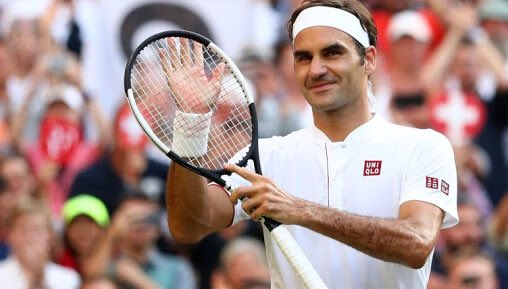Walker & Wooders (AER 2001) found that players' success in each serve direction appears equal as predicted by game theory (N=10 matches).
Graph: test pvalues vs theory (45 degree line)
aeaweb.org/articles?id=10…
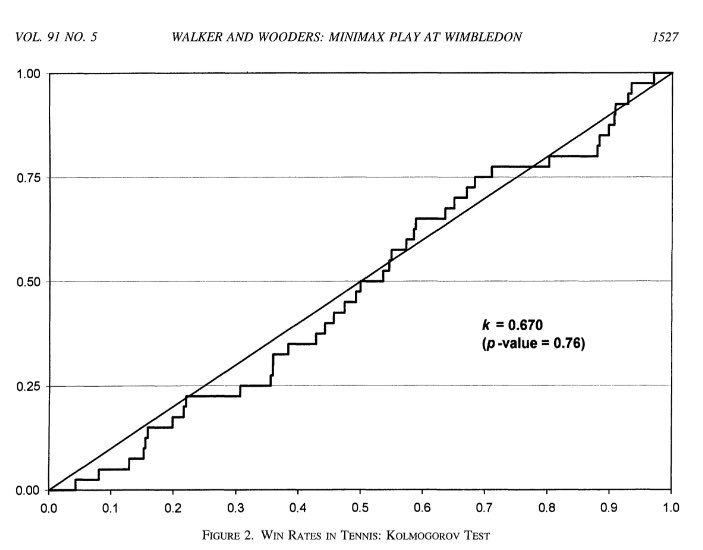
The distribution of test statistics is stunningly close from theory (45 degree line).
ideas.repec.org/p/qut/qubewp/w…


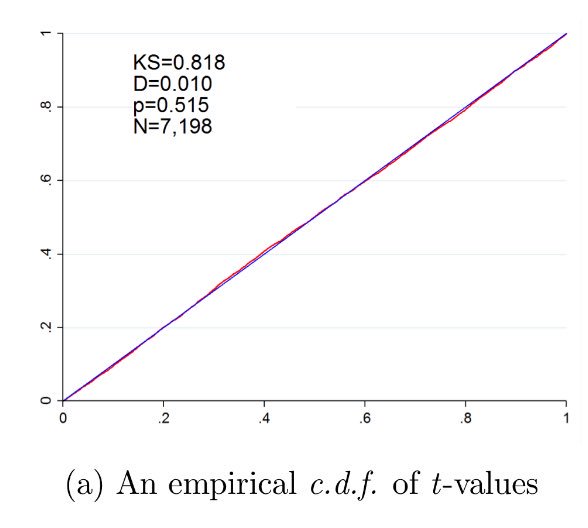
Klaassen & Magnus (2009) found that professional players are quite good at taking the right amount of risk on first and second serve.
sciencedirect.com/science/articl…
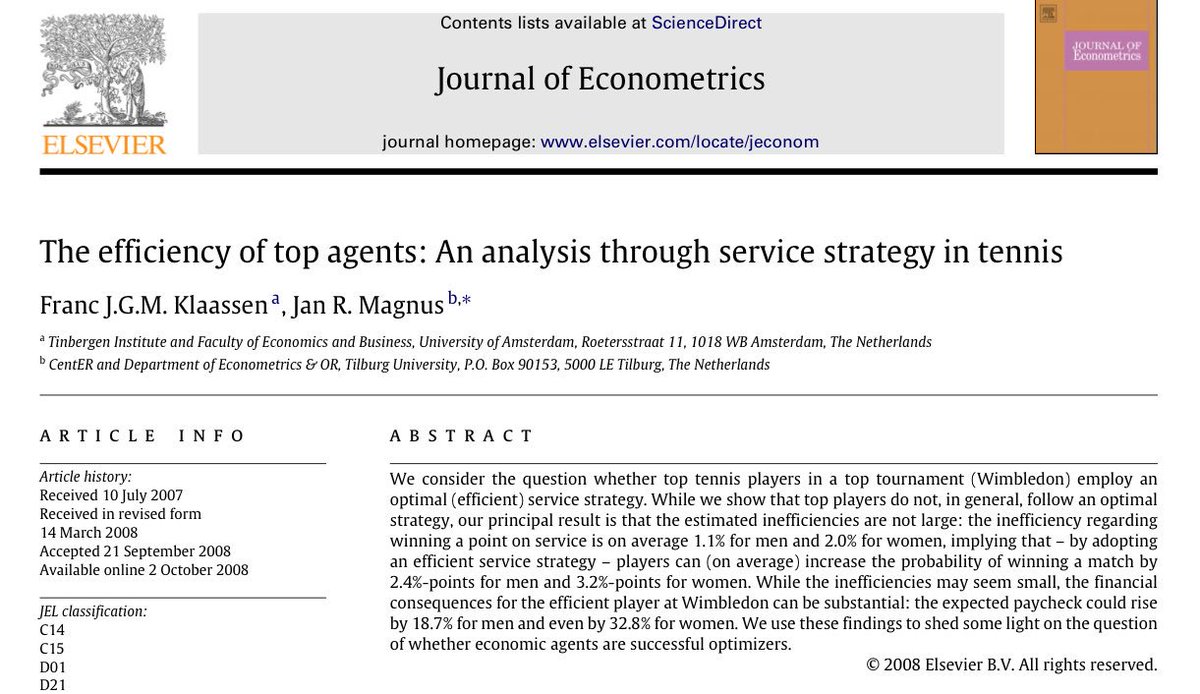
The following 1st/2nd serves appear in very similar situations and can be directly compared.
ideas.repec.org/a/eee/joepsy/v…
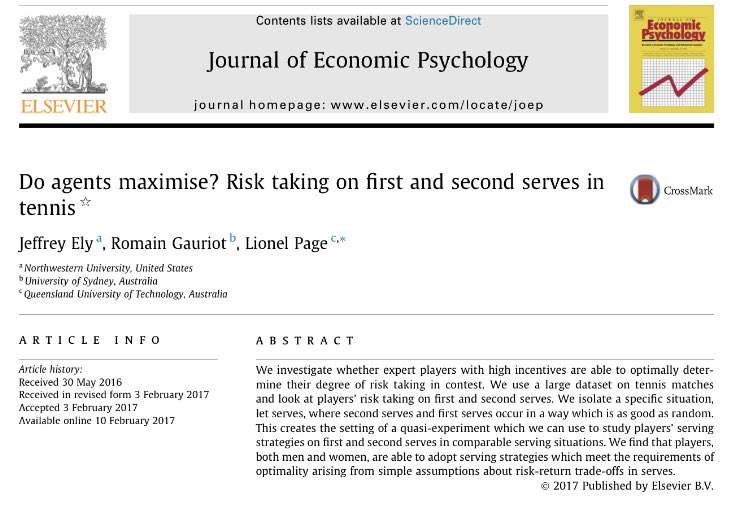
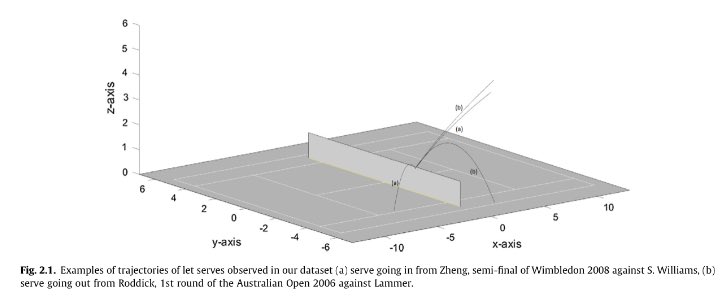
Abramitzky et al. found that players approximate the optimal strategy which takes into account the value of keeping a challenge for later (in case a close call is made on a more important point).
onlinelibrary.wiley.com/doi/abs/10.111…

In best-of-3 matches, players ahead should increase effort relative to players behind as they are closer from victory.
Malueg & Yates found results compatible with this prediction (N=351 matches).
mitpressjournals.org/doi/abs/10.116…

We find that male players are more likely to win a point when they are just ahead (e.g. 30-15), as predicted by our game theoretic model.
ideas.repec.org/p/qut/qubewp/w…
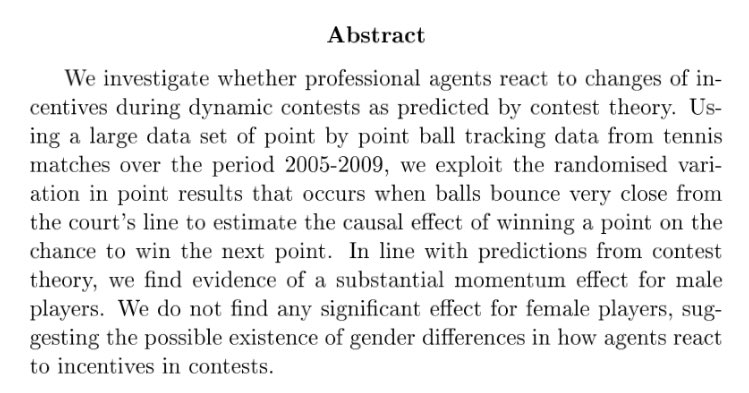
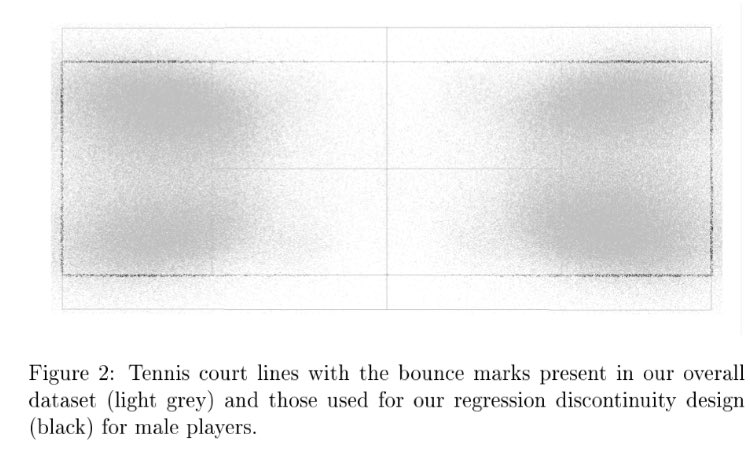
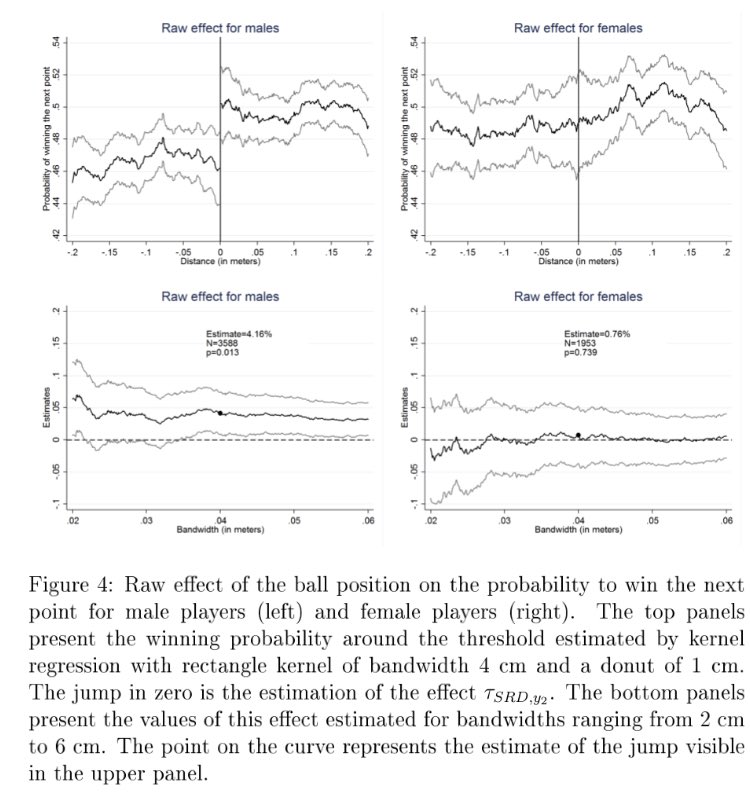
It is optimal for them to save energy for later rounds. The cost is a higher risk of upsets in early rounds.
onlinelibrary.wiley.com/doi/abs/10.109…
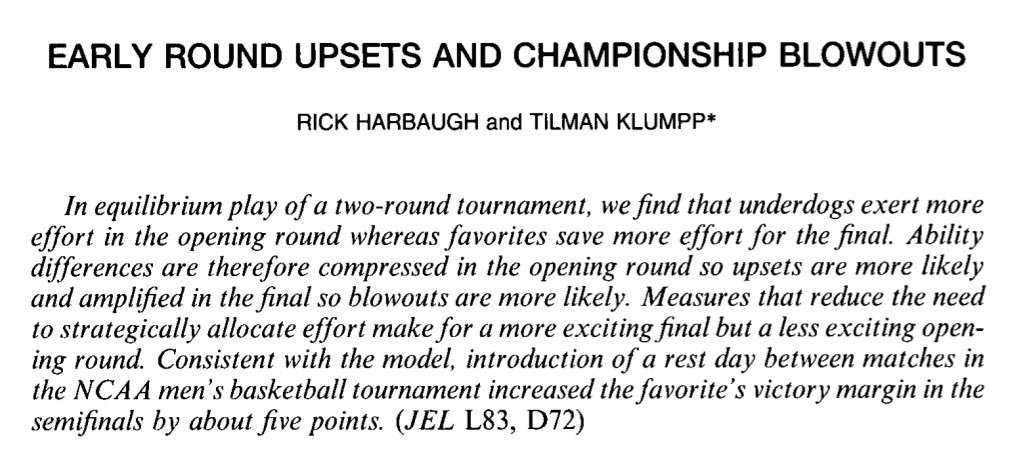
The athletic performance of tennis players is for all to see.
But careful studies have also shown that professional tennis players are excellent decision makers who have learned to approximate optimal/equilibrium behaviour in many dimensions of the game.
